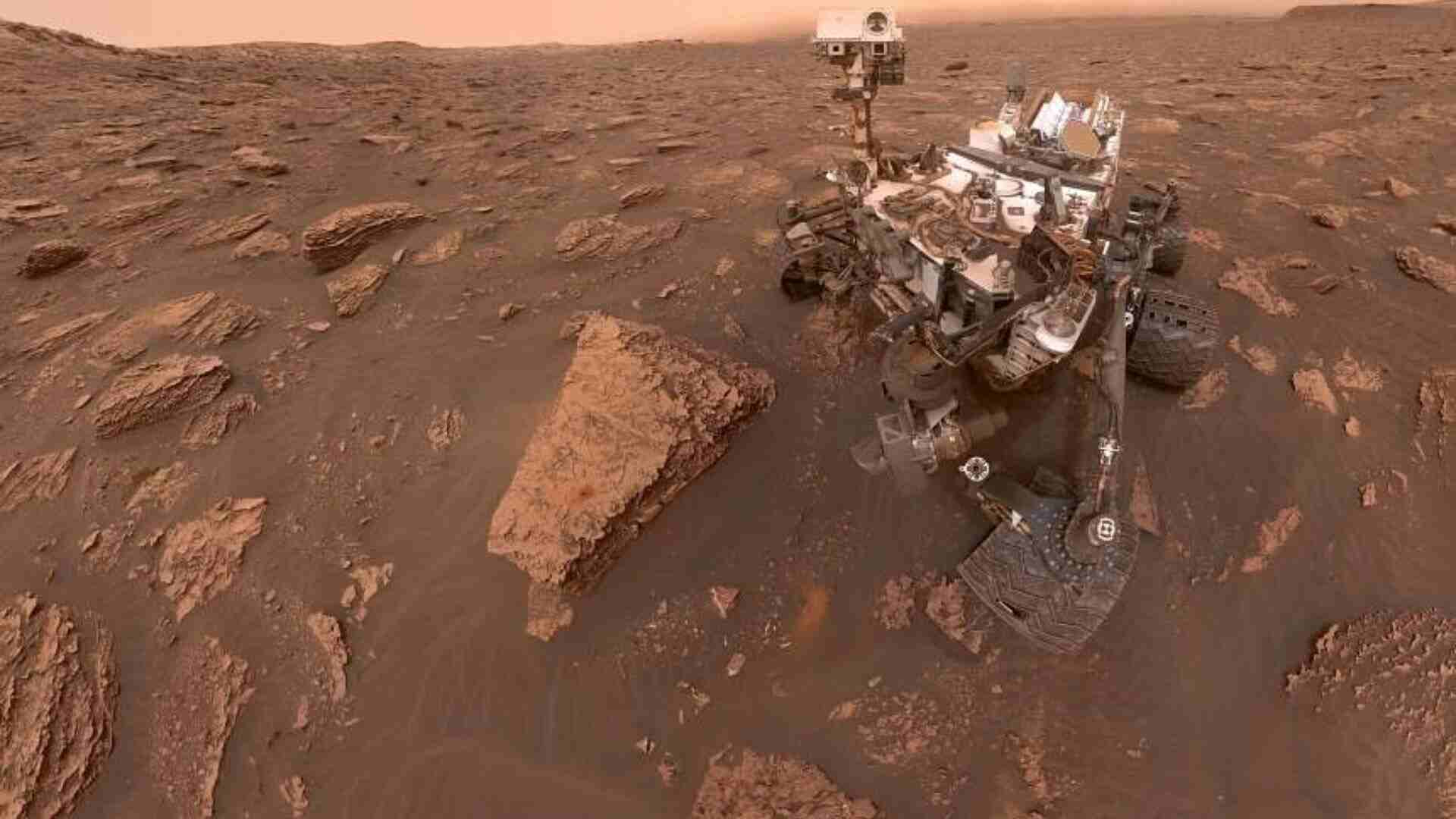Scientists have discovered a super resilient desert moss species in China’s western region of Xinjiang that could be pivotal in sustaining possible colonies on Mars, according to a study by the Chinese Academy of Sciences. The research, published in The Innovation journal, highlights the extraordinary adaptability of the moss, Syntrichia Caninervis, under Martian-like conditions.
When exposed to simulated Martian environments, Syntrichia Caninervis demonstrated remarkable resilience, withstanding extreme dryness, ultra-low temperatures, and high radiation levels. The research suggests that this moss could play a crucial role in establishing and maintaining ecosystems on Mars by contributing to oxygen production, carbon sequestration, and soil fertility.
The study, published on July 1, emphasizes the potential of the moss to drive essential atmospheric, geological, and ecological processes. These processes are vital for supporting higher plants and animals, thereby facilitating the creation of new habitable environments conducive to long-term human settlement on Mars.
One of the key findings of the research is the moss’s ability to recover its photosynthetic and physiological activities almost immediately after rehydration, even after losing more than 98% of its cellular water content. Additionally, the plant can tolerate ultra-low temperatures, regenerating after being stored in a freezer at minus 80 degrees Celsius (minus 112 degrees Fahrenheit) for five years or in liquid nitrogen for a month.
Syntrichia Caninervis is naturally found in various extreme environments, including Xinjiang, Tibet, a Californian desert, the Middle East, and polar regions.
This discovery comes amid a renewed race to expand humanity’s footprint in space, with both China and the United States launching ambitious exploration plans. China’s upcoming missions include the near-Earth asteroid probe Tianwen-2, set to launch next year, and Tianwen-3 around 2030, aimed at bringing samples back from Mars. Last month, China successfully retrieved samples from the far side of the moon.
The resilience of Syntrichia Caninervis offers promising insights into the future of space colonization, potentially aiding in the creation of sustainable habitats on Mars.







